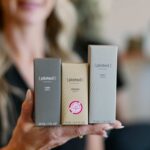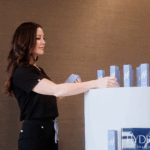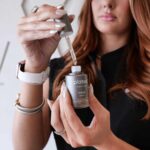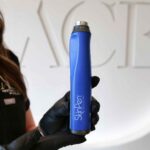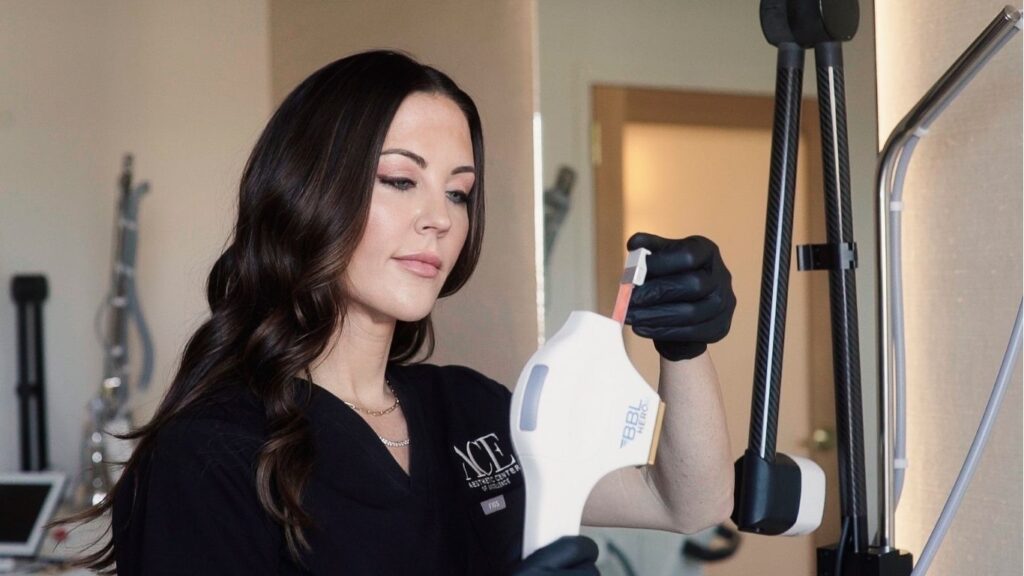
Table of Contents
If your skin feels stuck in a time loop of dullness, dark spots, and uneven tone, despite your best efforts with skincare, you’re not alone. Many people today are searching for lasting solutions to concerns like age spots, sun damage, and early signs of aging, only to be met with a sea of products and promises that offer more frustration than results. Many don’t realize there’s a science-backed treatment bridging the gap between results and convenience: photofacial treatments.
Clients at Aesthetic Center of Excellence often ask for something effective yet gentle—something that doesn’t require weeks of downtime. For anyone who wants a noticeable improvement in skin tone and texture without surgery or invasive procedures, photofacial skin rejuvenation is a solution worth understanding.
What Are Photofacial Treatments?
Photofacial treatments use advanced light-based technology to address various common skin concerns. At Aesthetic Center of Excellence, the treatment is performed using the Sciton BBL (BroadBand Light) system, which delivers pulses of light energy into the skin’s deeper layers. This light is absorbed by pigmented areas and broken capillaries, triggering the body’s natural healing response.
But it’s more than just light—it’s about how that light stimulates new collagen production and targets visible imperfections, resulting in clearer, brighter, and more even skin over time. From sun damage to redness, photofacial therapy works to restore a smoother, youthful appearance.
Benefits of Photofacial Treatments
The appeal of photofacial treatment benefits goes beyond just smoother skin. It’s about addressing the real, everyday skin concerns that wear down your confidence, without disrupting your life with downtime or aggressive procedures. If you’ve been reaching for creams and serums with limited results, this might be the solution that actually delivers.
Here’s what photofacial treatments can effectively help improve:
- Sun damage: Years of exposure often result in freckles, patchiness, and uneven color. A photofacial for sun damage targets these pigment irregularities and gradually restores a more balanced tone.
- Age spots and liver spots: These flat, dark marks can make the skin look older than it is. A photofacial for age spots uses light energy to break up melanin clusters, helping them fade naturally over time.
- Redness and visible vessels: Rosacea, flushing, and broken capillaries—especially around the cheeks and nose—can be minimized with regular sessions. It calms redness and visibly reduces small vessels under the skin.
- Uneven skin tone and texture: Acne scarring, pigmentation, or environmental exposure can cause uneven skin tone, which can be corrected with this treatment. Light pulses refine texture and promote smoother, healthier-looking skin.
- Early signs of aging: Subtle lines, dullness, and loss of elasticity from collagen breakdown are gently improved. Photofacial for anti-aging works by stimulating collagen and supporting long-term firmness.
- Post-acne discoloration: While not designed to treat active breakouts, photofacial skin rejuvenation helps lighten post-inflammatory marks and minimize pore appearance, contributing to a clearer complexion.
What makes these results even more appealing is how they’re achieved:
- Minimal downtime: Resume your regular activities right after the treatment session.
- Quick treatment times: Most sessions are completed in under 30 minutes.
- Non-invasive experience: No needles, no incisions—just targeted light energy.
- Lasting improvement: With proper care, the results can last for months and improve further with maintenance treatments.
For many people, the greatest benefit is finally finding a solution that treats the root causes of their skin concerns, not just the surface symptoms.
Who Is This Best For?
Photofacial treatments in Oklahoma City, OK, are ideal for people experiencing early to moderate skin issues related to sun exposure and aging. That includes:
- Adults in their 30s to 60s dealing with pigmentation, fine lines, or redness
- Individuals with sun-damaged skin from years of outdoor activity
- Anyone noticing age spots or freckles appearing more pronounced
- People with rosacea or broken capillaries
- Those seeking non-surgical anti-aging solutions
Suitable for light to medium skin, this treatment’s intensity can be adjusted based on individual skin sensitivity and the severity of discoloration. If you’ve been unsure which option to trust, this treatment provides a predictable, proven method to visibly improve your complexion without downtime or risk.
What to Expect (Process, Timeline, Results)
Pre-treatment Prep
A consultation precedes the initial photofacial treatment to evaluate your skin type, concerns, and desired outcomes. You may be asked to avoid sun exposure and certain products (like retinoids) for a week before your appointment.
Treatment Day
A cooling gel is applied before rapid light pulses are delivered by the BBL device. The 20–30 minute session results in a sensation most clients describe as a mild snap, similar to a rubber band flick. The duration of the session depends on the treated area.
Downtime and Recovery
There’s no actual downtime, but some redness or mild swelling may occur, which typically resolves within a few hours. Dark spots may temporarily appear darker before they flake off—a sign the treatment is working.
Results Timeline
Improvements often begin to show within 7–10 days after the first session, with continued refinement over the following weeks. Optimal results from photofacial treatments are typically achieved through 3 to 5 sessions scheduled several weeks apart. With ongoing maintenance treatments, the results can last for months or even years.
FAQs and Myths Debunked
Is photofacial safe for all skin tones?
It works best for lighter to medium skin tones. Those with darker skin should consult a specialist to explore safe alternatives or adjusted settings.
Does the treatment hurt?
Most describe it as mildly uncomfortable rather than painful. A cooling system is used to protect the skin and improve comfort.
Can I wear makeup after a photofacial?
Yes, you can apply makeup the next day, but it’s best to wait until any redness subsides and always wear SPF.
How many sessions will I need?
Typically, 3–5 treatments spaced 3–4 weeks apart offer the most comprehensive results.
Will the dark spots come back?
Not if you protect your skin properly with sunscreen and follow a good skincare routine. Some clients return for annual maintenance.
Reveal a Clearer Complexion — Schedule Your Treatment Today
Ready to trade short-term fixes for real skin improvements? Whether you’re struggling with sun damage, uneven skin tone, or early signs of aging, photofacial therapy offers a safe and effective path to better skin.
Experience smoother, younger-looking skin — Book your photofacial session now.
Aesthetic Center of Excellence welcomes new and returning clients looking for non-surgical solutions that truly work.
Your Next Step Toward Healthier Skin
As more people seek gentle, reliable ways to improve their skin without aggressive procedures, photofacial treatments continue to gain popularity—and for good reason. They tackle issues like age spots, sun damage, and uneven tone while improving your skin’s clarity and health over time.If you’ve felt overwhelmed by product claims or worn out by treatments that don’t deliver, this light-based option can bring the clarity, literally and figuratively, you’ve been looking for. To learn more or contact us for a consultation, Aesthetic Center of Excellence is here to guide you toward lasting, visible results.



